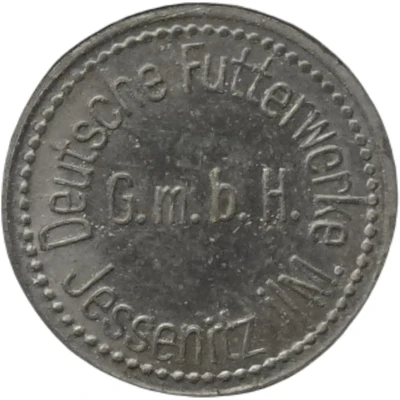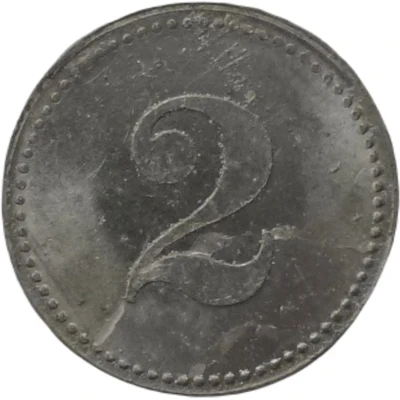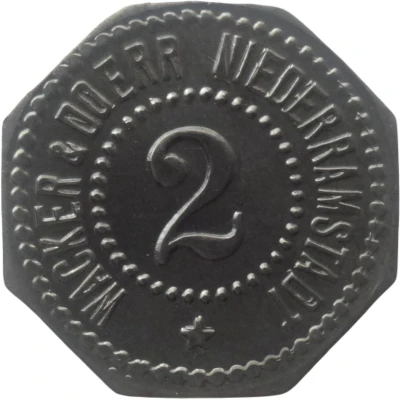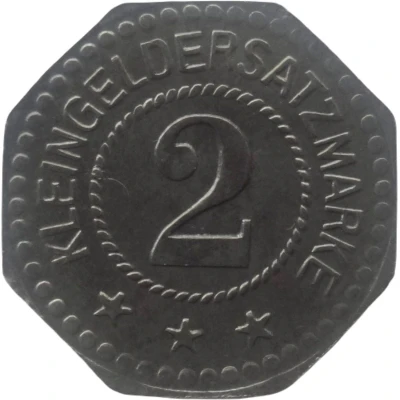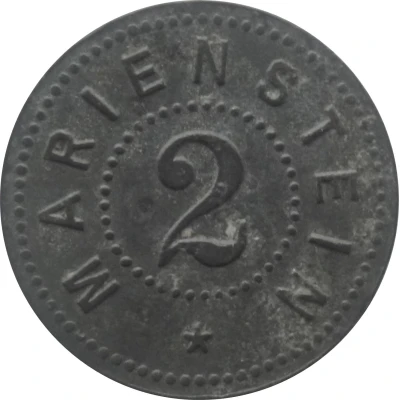
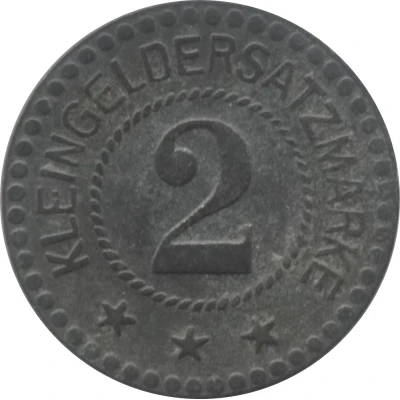

© Willem63 (CC BY-NC-SA)
2 Pfennigs - Marienstein ND
| Zinc | 1.5 g | 17.8 mm |
| Issuer | German notgeld (Germany) |
|---|---|
| Type | Standard circulation coin |
| Value | 2 Pfennigs (2 Pfennige) (0.02) |
| Currency | Mark (1914-1924) |
| Composition | Zinc |
| Weight | 1.5 g |
| Diameter | 17.8 mm |
| Thickness | 1.1 mm |
| Shape | Round |
| Technique | Milled |
| Orientation | Medal alignment ↑↑ |
| Demonetized | Yes |
| Updated | 2024-10-04 |
| Numista | N#348470 |
|---|---|
| Rarity index | 97% |
Reverse
Pearl rim, legend surrounding rope circle with denomination centered
Script: Latin
Lettering:
KLEINGELDERSATZMARKE
2
★ ★ ★
Edge
Plain
Comment
Menzel: BBBFa.: Kalk- und Schiefersteinbruch
Interesting fact
The Marienstein ND coin was issued during a time of economic crisis in Germany, specifically during the hyperinflation period of the 1920s. At that time, many German cities and towns issued their own emergency currency, known as "notgeld," to address the shortage of official currency. The Marienstein ND coin was one such example, and its design featured the image of the Marienstein Castle, which was a local landmark in the town of Marienstein. Despite its small denomination, the coin was made of zinc, which was a relatively valuable material at the time, reflecting the scarcity of resources during the economic crisis. Today, the Marienstein ND coin is a sought-after collector's item, not only for its historical significance but also for its unique design and material composition.
